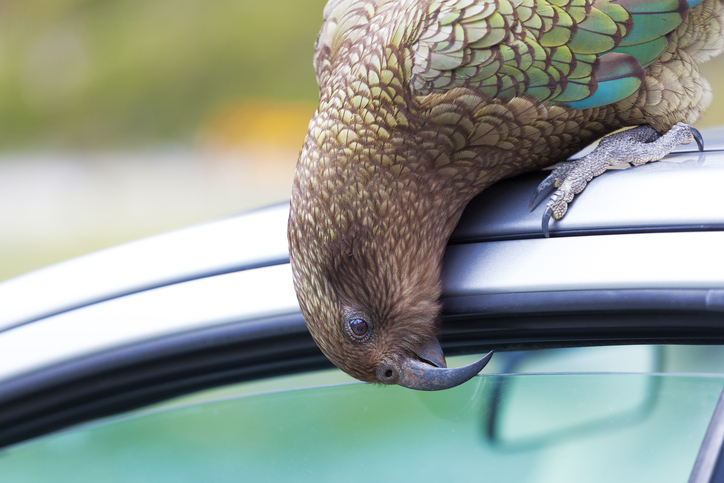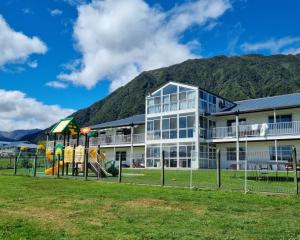
Hau Hau Rd resident Renee Patterson said the native parrots had been "having a field day" and over the weekend had punctured tyres on her children's bikes, the seat of a go-kart, shoes and gumboots at the backdoor and at least 10 balls in the backyard.
Brickfield Rd residents' reports of damage to house fittings and fixtures such as flashing have been ramping up in recent months.
However, the Department of Conservation says the presence of the alpine parrot in the Hokitika subdivision on Blue Spur is not that unusual.
Hokitika area manager Ian McClure said the department had had second-hand reports of "kea conflict" at Blue Spur.
"It is common at this time of year for juvenile kea to form small mobs, move into residential areas and have destructive behaviour. It is not unusual for kea to be in these areas as they naturally have a large range, and occur from mountains to sea level," Mr McClure said.
"If people are having trouble with kea they should contact DOC or the Kea Conservation Trust. We can give advice and undertake site visits to help people find ways to kea-proof their property. Most problems with kea stem from people feeding a bird at some stage, so we can not emphasise highly enough the importance of not feeding kea."
Mr McClure said the kea trust recommended putting away anything that could be damaged by a kea, such as hoses, or anything soft and pliable, and ensuring rubbish bins were securely closed at all times.
"Do not bang on ceilings, yell or throw things at kea as this will only make them more curious so the kea are more likely to hang around. You can use a garden hose to move kea off areas but make sure you are accurate so it doesn't become a game. Eventually, the kea will become bored and move away in its own time."
While their behaviour might be bothersome, kea were protected wildlife and there were fewer than 5000 left in the South Island, he said.
- Janna Sherman, Hokitika Guardian











